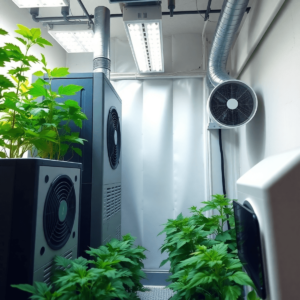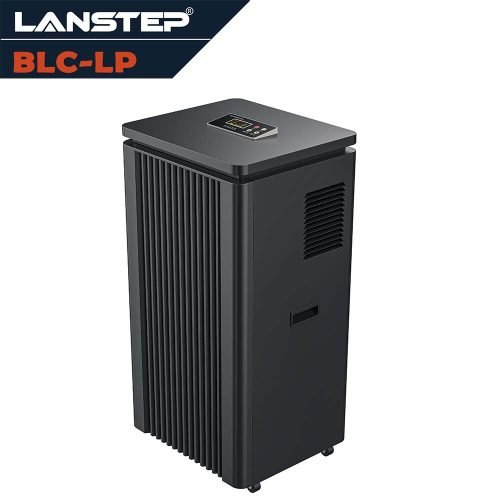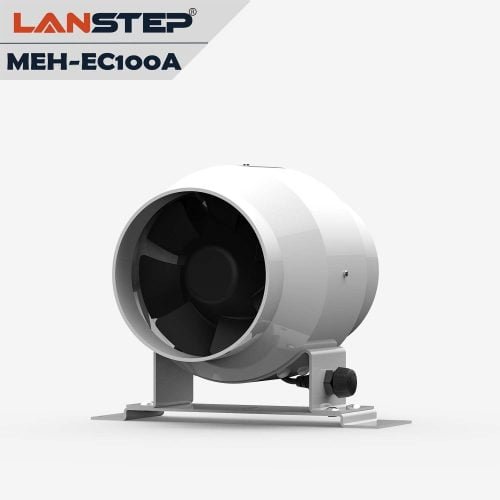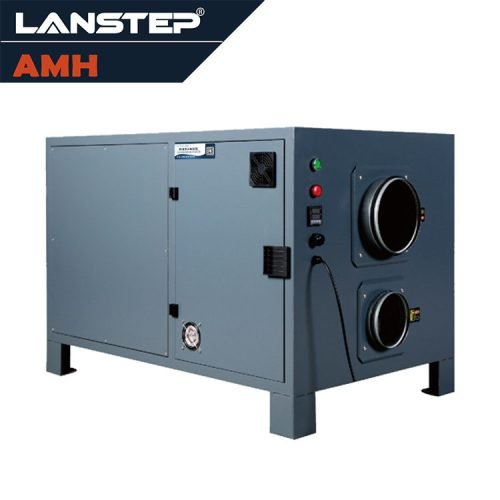Introduction
In the construction industry, work sites often face challenges such as high humidity, dust, and variable weather conditions. These factors not only pose a threat to workers’ health but can also impact their work efficiency. Therefore, construction sites must invest in garment drying rooms and protective equipment drying rooms. Statistics show that health problems among construction workers due to environmental factors are 25% higher than in other industries (Source: International Construction Association), highlighting the importance of improving the working environment.
Importance of Employee Health and Safety
Risks of Wet Clothing and Undried Protective Equipment
Working for long periods in wet clothing increases the risk of skin diseases. According to a report by the World Health Organization, the incidence of skin diseases among people working in environments with humidity over 60% is 30% higher than in normal conditions. Moreover, undried protective equipment can become a breeding ground for bacteria and fungi, increasing the risk of infection.
The Role of Drying Protective Equipment in Preventing Occupational Diseases
Dry protective equipment can effectively reduce skin and respiratory diseases. A study shows that on construction sites using drying rooms, workers’ respiratory diseases decreased by 20% (Source: International Labour Organization).
Enhancing Work Efficiency
Importance of Keeping Employees Comfortable and Healthy
A comfortable work environment can significantly improve work efficiency. Surveys indicate that suitable work conditions can increase employees’ work efficiency by 15% (Source: Center for Environment and Work Efficiency Research).
Benefits of Drying Rooms
Implementing drying rooms has reduced work interruptions due to uncomfortable equipment by 30%. Additionally, workers’ satisfaction with their work environment has improved, contributing to enhanced overall work efficiency (Source: Construction Workers Health and Safety Survey Report).
Protecting Investment and Cost-Effectiveness
Benefits of Extending the Life of Protective Equipment
Drying rooms can significantly extend the lifespan of helmets, protective clothing, and other equipment. Data shows that proper maintenance can extend the life of protective equipment by 40% (Source: International Building Safety Association). This means a long-term reduction in investment in these items.
Cost Comparison Analysis
The initial investment for establishing drying rooms is relatively high, but in the long run, the savings far outweigh the investment. A study indicates that the investment in drying rooms can be recouped within three years through reduced equipment replacement and maintenance costs (Source: Construction Equipment Management Magazine).
Compliance with Regulations and Enhancing Corporate Image
Requirements of Safety and Health Regulations
Many countries’ workplace safety and health regulations require providing suitable work environments. For example, the European Union’s Workplace Health and Safety Directive mandates that employers ensure that the climatic conditions at the workplace comply with occupational health standards.
Enhancing Corporate Image
Companies that invest in employee welfare often have a better corporate image. Surveys show that 85% of consumers prefer to support companies that value employee welfare (Source: Global Consumer Trends Report).
Implementation Strategy
Steps for Implementation
The first step in implementing drying rooms is to conduct a site assessment to determine the appropriate location and size. Then, choose efficient dehumidification equipment and energy management systems.
Importance of Dehumidifiers
Dehumidifiers are a core component of drying rooms. Research indicates that efficient dehumidifiers can reduce humidity by 50% in a short time, thereby quickly drying clothes and equipment (Source: Industrial Drying Technology Magazine).
Success Stories and Best Practices

On a large construction site in France, 30 large modular buildings were constructed to accommodate a large number of employees, including shower rooms, changing rooms, a medical center, a large cafeteria, and a vast open-plan office space. One of these modular buildings was transformed into an on-site drying room, equipped with LANSTEP’s CLA-L refrigerant dehumidifier. This drying room not only improved employee comfort but also became one of the most important facilities on the site. The refrigerant dehumidifier circulated air, removing moisture from damp clothing, and transformed the water extracted from the room into useful thermal energy, significantly shortening drying time.
This case demonstrates the practical application and significant benefits of drying rooms on large construction sites. Drying rooms not only improve working conditions for employees but also bring significant economic benefits to businesses.
If you want to learn more about what CLA means for your facility, or about our drying room solutions for the construction environment, please feel free to contact our team using the form below. We will provide you with professional advice and support to help you create a healthier, more efficient environment for your workplace.











